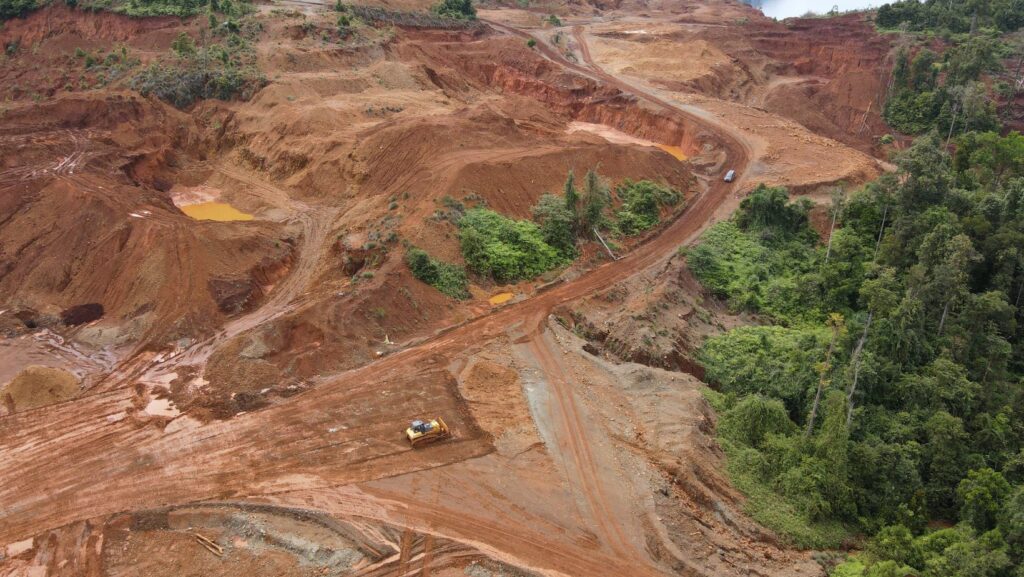Hauling dirt is a fundamental aspect of various construction, landscaping, and excavation projects. From residential garden beds to large-scale commercial developments, dirt hauling plays a crucial role in shaping land, creating structures, and preparing sites for future use. In this blog, we’ll delve into the essentials of hauling dirt, including its importance, common methods, and best practices to ensure efficient and effective operations.
Why Haul Dirt?
Dirt hauling is integral to many types of projects, and understanding its significance helps appreciate the role it plays in construction and landscaping:
Site Preparation: Before any building or landscaping project begins, the site often needs to be prepared. This might involve leveling the ground, removing excess soil, or importing new soil to build up areas.
Landscaping: In landscaping, dirt is used to create features such as raised garden beds, berms, and terraced areas. Hauling dirt ensures that these features are constructed with the right type and amount of soil.
Excavation and Grading: Excavation projects require the removal of soil to dig foundations, install utilities, or reshape land. Hauling is essential for transporting excavated material to appropriate locations or disposal sites.
Erosion Control: Proper soil management helps control erosion, which can prevent damage to properties and natural landscapes. Hauling dirt allows for the redistribution of soil to stabilize slopes and protect against soil erosion.
Common Methods of Hauling Dirt
Several methods and equipment are used to haul dirt, each suited to different project sizes and requirements:
Dump Trucks: Dump trucks are among the most common vehicles used for hauling dirt. They are designed to transport large quantities of soil and unload it quickly. They come in various sizes, from smaller models for residential projects to larger models for commercial use.
Skid Steer Loaders: Skid steer loaders are versatile machines used for moving dirt in smaller or more confined areas. They can scoop, transport, and dump dirt with various attachments, making them ideal for landscaping and small-scale excavation.
Excavators: Excavators are used for both digging and hauling. They can lift and move large amounts of dirt with their bucket attachments. Excavators are commonly used in larger excavation projects where significant quantities of soil need to be managed.
Bulldozers: Bulldozers are equipped with large blades that can push dirt across a site. They are often used for grading and leveling large areas of land before further work is done. Although not primarily used for hauling, they play a crucial role in site preparation.
Conveyor Systems: In some specialized scenarios, conveyor systems are used to move dirt from one location to another. These systems are typically used in mining operations or large-scale excavation projects where continuous movement of dirt is required.
Ideal Practices for Hauling Dirt
To ensure that dirt hauling is carried out efficiently and safely, consider the following best practices:
Proper Planning: Before hauling begins, plan the logistics of where the dirt is coming from and where it needs to go. This includes understanding the volume of dirt, access points, and any potential obstacles.
Choose the Right Equipment: Select the appropriate equipment based on the size of the project and the amount of dirt to be hauled. Using the right equipment ensures efficiency and minimizes delays.
Safety Measures: Ensure all equipment is maintained and inspected regularly to prevent accidents. Operators should be trained and aware of safety protocols. Additionally, implement safety measures to protect workers and the surrounding environment during dirt hauling.
Load and Unload Efficiently: Proper loading and unloading techniques are crucial to avoid spillage and ensure that dirt is transported in the most efficient manner. Avoid overloading vehicles to prevent accidents and ensure safe operation.
Final Words
Hauling dirt is a critical process in construction, landscaping, and excavation projects.

Understanding its importance, familiarizing yourself with the various methods and equipment, and adhering to best practices can significantly impact the success of a project. Proper planning, equipment selection, safety measures, and environmental considerations are all essential for effective dirt hauling.



More Stories
What Should You Look for When Purchasing a Premium Men’s Linen Shirt?
The Casino Experience: Types, Appeal, Rules & Online Vs. Offline Debate
The Real Value of a Public Adjuster When Your Insurance Stops Playing Fair